While the phrase may be “to the victor go the spoils,” war profoundly impacts heritage sites, museums and cultural collections. There is a tendency to believe the protection of historical treasures and cultural centers – museums and archives – by the military began with the Monuments Men and Women of the Second World War. In fact, the roots of protecting and preserving cultural collections go back to just before the First World War.
The Early Efforts
In November 1918, delegates met to consider the terms for “a lasting peace,” but this was not the first time negotiations for armistice were held on French soil. Six decades prior, the idea of protecting important cultural locations and objects during military conflict started with the 1856 Declaration of Paris. This declaration was a peace agreement to end the bloody and brutal Crimean War. Seven nations – Russia, the Ottoman Empire, Austria, Prussia, the United Kingdom, France and Sardinia – worked together to end their war. In doing so, they created the basic rules that would shape how wars were fought for the next century and beyond.
This treaty came about as European empires and royal dynasties relied upon global trade and colonial expansion for their economic stability and growth. These seven signatories sought “to introduce into International relations fixed principles” and
“resolved to concert among themselves… the following solemn declaration: The neutral flag covers enemy’s goods, with the exception of contraband of war; [and] Neutral goods, with the exception of contraband of war, are not liable to capture under enemy’s flag.”
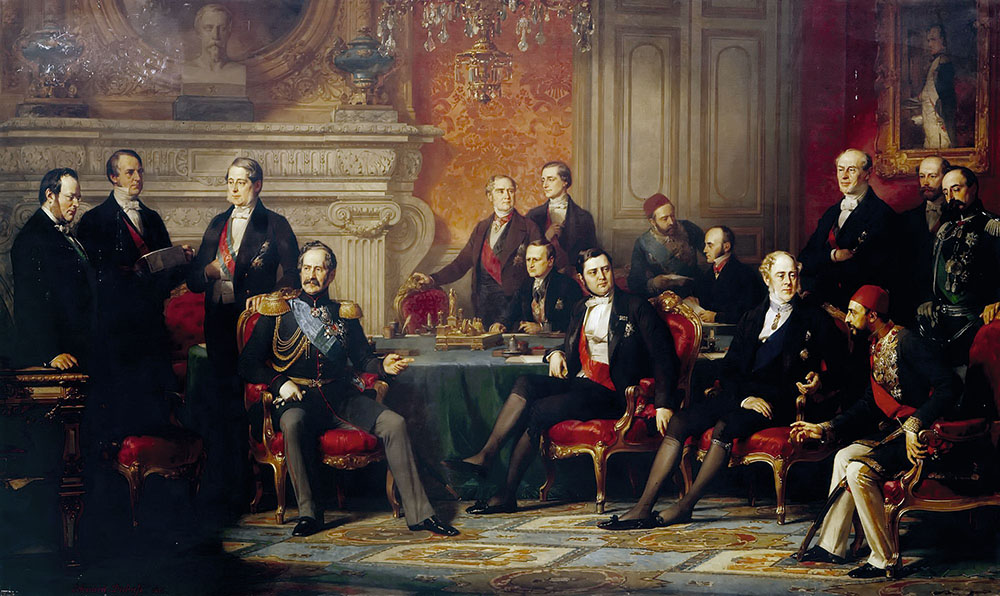
This had consequential repercussions: it meant that a neutral country, one not involved in the war, had secure rights and protections unless they carried items banned in the war. Diplomats worked to resolve what counted as illegal war items and what was safeguarded. This agreement became the foundation for fifty years of negotiation about whether the winners of wars could really take the “spoils.”
This agreement became the foundation for fifty years of negotiation about whether the winners of wars could really take the “spoils.”
Hague and the "Laws of War on Land"
At the end of the 19th century, and at the request of Russian Czar Nicholas, a meeting of important international powers gathered in the Netherlands to create a multinational treaty. The Hague Conference of 1899, known formally as the “Laws and Customs of War on Land, July 29, 1899,” set rules for all land wars among those who signed it. It covered subjects such as how to treat prisoners of war or wounded soldiers on the battlefield (the latter building on rules set by the Geneva Convention of 1864). The treaty prohibited the use of poisons as weapons, and set rules forbidding killing surrendering enemy combatants and attacking towns or places where no one is fighting back.
The treaty was very clear on one point: the protection of cultural places and items. It strictly forbade stealing private property and outlawed the pillaging or damaging of art, historical sites. It was made clear that even if owned by the state, such objects and spaces needed to be treated like private property by occupying militaries and nations:
“property of… arts and science, even when State property, shall be treated as private property. All seizure of, and destruction, or intentional damage done to such institutions, to historical monuments, works of art or science, is prohibited, and should be made the subject of proceedings.”
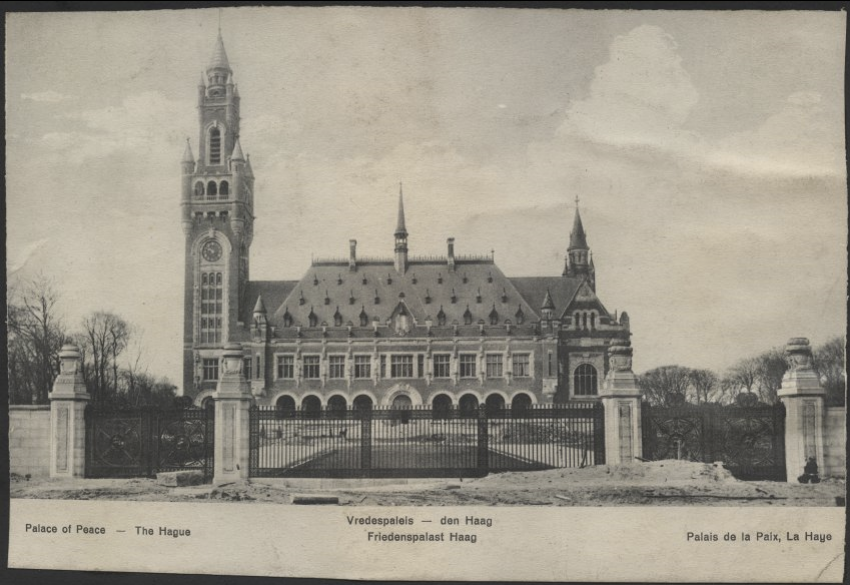
In 1856, this approach set standards for how militaries and Western Europeans countries could treat private property and art. It was further strengthened in the Hague Conference of 1899. Eight years later, another meeting in The Hague further solidified the diplomatic foundation. The Hague Conference of 1907 clarified and added to the rules set out in 1899,
“deemed it necessary to complete and explain in certain particulars the work of the First Peace Conference, which… adopted provisions intended to define and govern the usages of war on land.”
However, when it came to protecting cultural treasures, the 1907 Conference treaty was nearly an exact copy of 1899:
“All seizure of, destruction, or willful damage done to institutions of this character, historic monuments, works of art and science, is forbidden, and should be made the subject of legal proceedings.”
Just a dozen years later would their work prove invaluable. The protection of cultural collections was a diplomatically recognized concept as the world descended into armed conflict in 1914.
"The Laws of War on Land" in the Great War
Despite the best intentions of negotiators and rulers in 1899 and 1907, their bid for lasting peace failed. The German invasion of neutral Luxembourg and Belgium in August 1914 directly countered the 1907 Convention, stating that belligerents could not violate – or even move – military forces through neutral territories. In 1915, poison gas emerged in the weapons stocks of enemy and Allied forces, clearly in direct violation of both the 1899 and 1907 Conventions. The war fighters struggled, and often failed, to remain within the terms dictated by the “Laws and Customs of War on Land.”
Loot was taken. Cultural sites were annihilated. Surrendering combatants were killed nonetheless. The destruction of the ancient University of the Louvain library in Belgium, the murder of Edith Cavell, the controversy of the Lusitania and countless other actions taken by military and diplomatic leaders would challenge the viability of the Hague Conferences over the course of four bloody and destructive years. With the 1919 Paris Peace Treaties and the beginning of a hesitant peace in Europe, reflection on the damage began. That reflection would continue through the beginning and end of a second global conflict, World War II. The result was the modern Hague Conventions of 1954 that included internationally-recognized protocols protecting cultural property in the event of armed conflict.
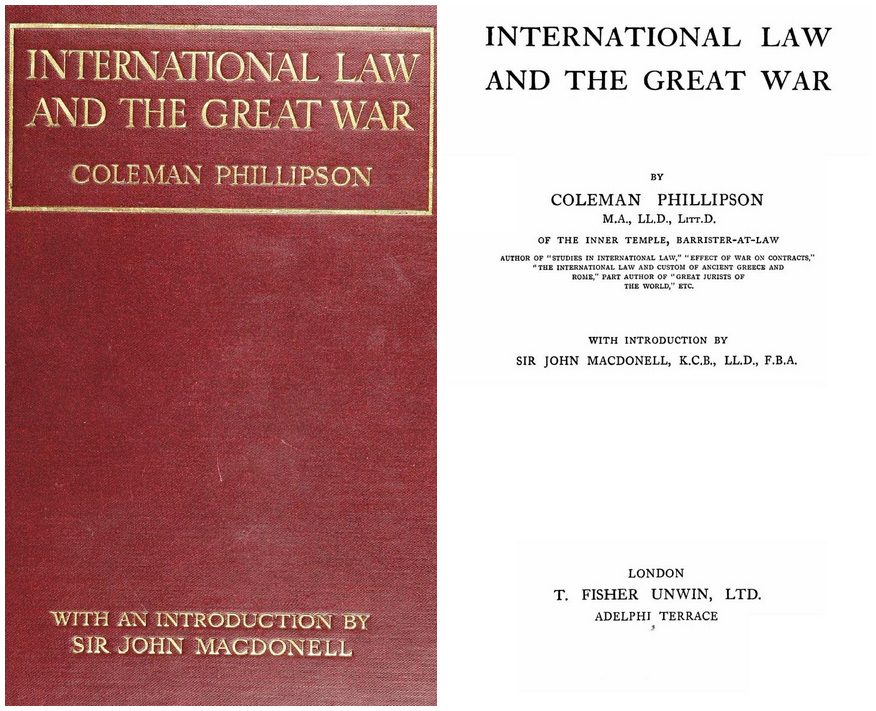
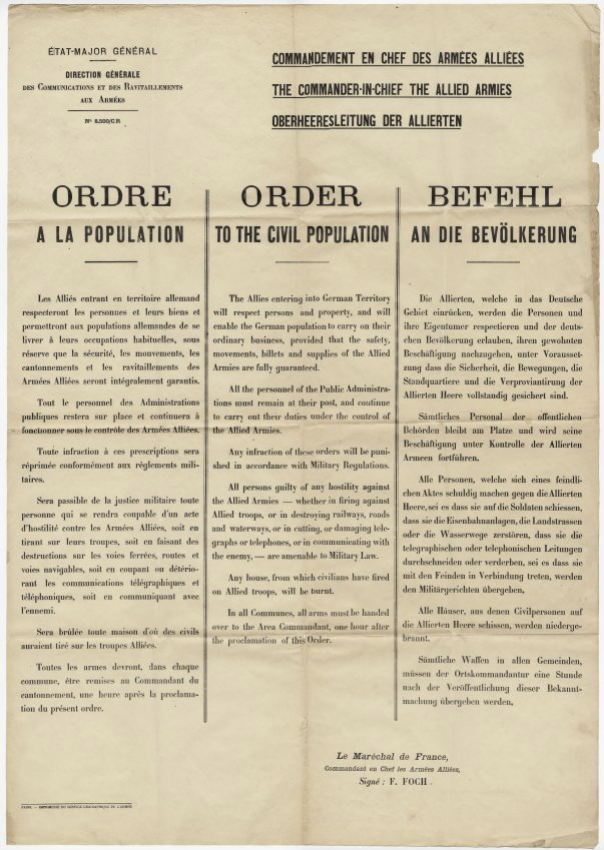
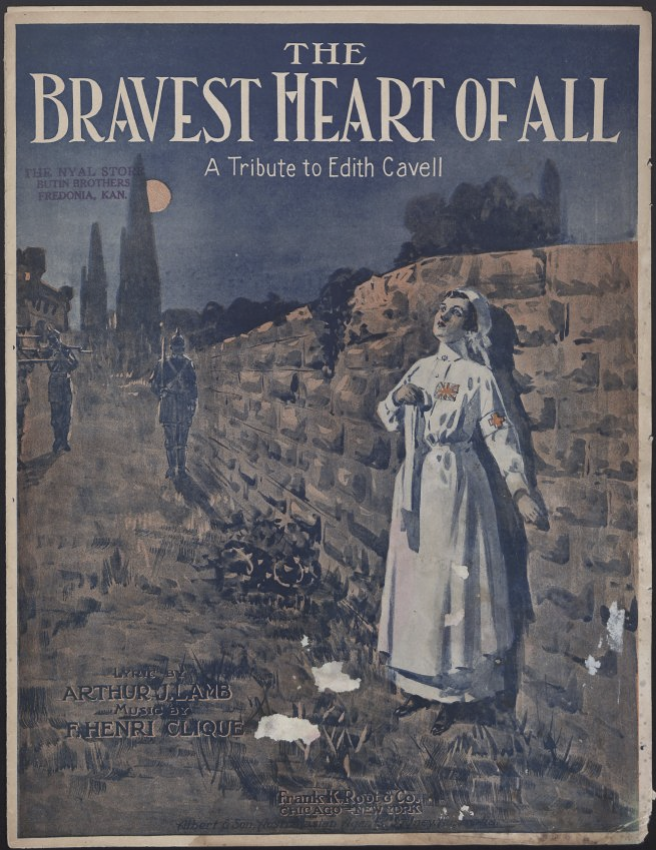
In the years that followed both world wars, additional international laws and legal statutes have given diplomats and military leaders guidance on protecting historic sites, museums, archives, religious sites and academic institutions. Despite having international public policy in place, wars have continued to level cultural sites and place museum collections and archives at risk. Modern conflicts have seen the use of chemical weapons; significant inconsistencies in the treatment and care of civilians and prisoners of war; unclear strategies in military targeting; and the devastation and wholescale destruction of modern and ancient cities.
Despite having international public policy in place, wars have continued to level cultural sites and place museum collections and archives at risk.
Much like newspaper journalists observing destruction in Europe in 1914-1918, today’s media outlets (particularly in social media) have documented incidents of these violations from numerous perspectives, to much international interest. The Hague Conferences – that began before the First World War – have become a foundation for museum professionals, diplomatic scholars, military leaders and international agencies to examine how armed conflicts should be fought. For better and worse, the First World War changed how the world negotiates and debates the limits and legalities of our modern wars.
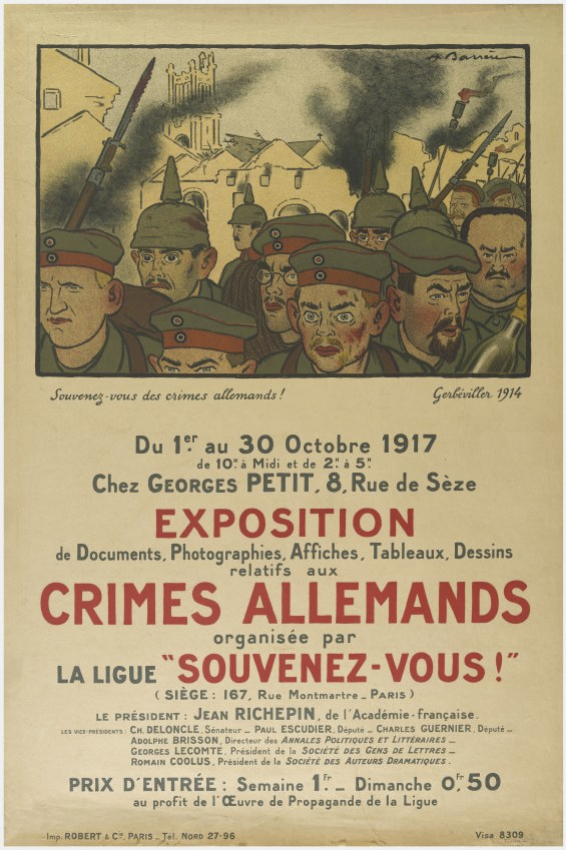
More Resources
Devastated Lands (past exhibition, article)
The Western Front: environmental degradation on an unfathomable scale, obliterated villages with only rubble to mark their place, vast cemeteries and massive destruction.
John Singer Sargent's "Gassed" (past exhibition, article)
Enduring Legacies of "Gassed" (lecture, video)
See John Singer Sargent's 21-foot long depiction of the devastation wrought by mustard gas, then learn how chemical weapons continue to have the same horrific impact today as they did when he painted it.
War & Art (past exhibition, article)
During WWI even Italy’s historical and artistic heritage became a powerful propaganda tool. The destroyed art and beauty were further proof of the “enemy’s barbarity.”
The Bombs Still Blow: Environmental Legacies of WWI (lecture, video)
Tait Keller examines how agriculture, industry and warfare formed a violent triad of destruction.